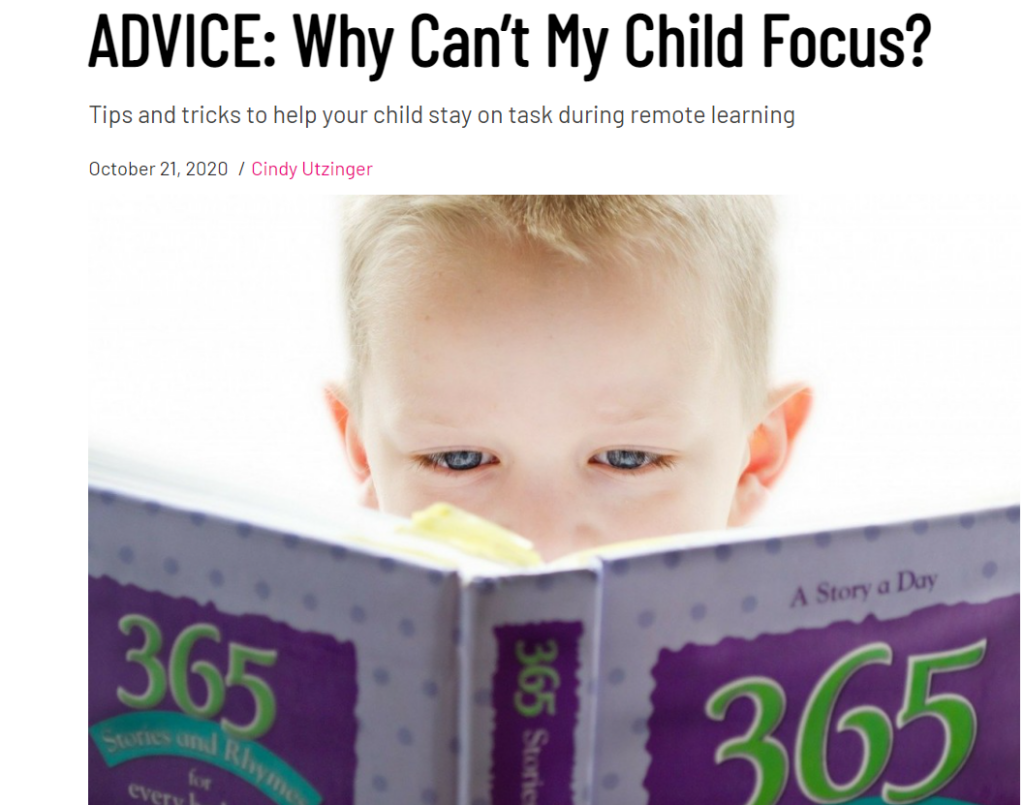Do you ever wonder why you have a hard time with something that used to come so easy for you? Or, perhaps do you struggle with the fact that you used to know something so well but now couldn’t remember it if your life depended on it?
I know for us moms we tend to blame it on “mommy brain” and certainly as we get older we can just blame it on “old age”. One that always frustrates me personally is math. I used to be so good at math back in the day and now I can barely add 2+2 without using my fingers or a calculator.
Well, there is more to it than just “mommy brain” or “old age”. You know the old saying “If you don’t use it, you’ll lose it.”? There is a scientific word for that. It is called synaptic pruning. Basically, the neural connections in our brains that we don’t use will be pruned or cut away. In my case, I don’t use math much anymore so those neural connections for me have been pruned away.
Hold on a minute, though. There is good news in all of this. Sure, the areas of our brain (or the neural connections) that we don’t use can be pruned, but the brain is plastic and can undergo changes for the positive, too. Believe it or not, even as we age, our brains can still make neuroplastic changes for the better. Basically, unless there is a diagnosis of dementia, the brain has this capacity.
Don’t worry, I am not going to get too deep or scientific here but I do want to very briefly explain neuroplasticity because this concept is very important to understand as it relates to our children. I am going to include a few brief excerpts here from my book “Why is My KId Doing That?” to help explain neuroplasticity in layman’s terms:
…neuroplasticity is what allows our brains to change. It is neuroplasticity that gives us hope that we can help our children develop and grow and make a difference in their lives. What a beautiful thing that we were created with the ability for our brains to grow and change when given the tools to do so…..If our children’s foundations couldn’t be changed, if no amount of exercise or all of the strategies in the world could change their performance and behaviors, then it would be time to give up hope. It is the result of neuroplasticity, however, that we have the ability to grow our children’s foundations and improve their chance for success in their performance areas and their emotional and behavioral regulation.
The human brain has neuroplasticity, meaning it can reorganize itself by forming new neural connections throughout life based on experiences. Neuroplasticity is the ability of the brain to change with learning – the kind of learning that occurs through instruction or experience.
The brain is shaped by the characteristics of a person’s environment and by that person’s actions.
The number of synapses decrease as we age through a process called synaptic pruning. Synaptic pruning is the process of eliminating weaker synaptic connections while the stronger connections are kept and strengthened. Experiences are what will determine which connections will be pruned and which ones will be strengthened. The connections used the most are the ones that are preserved. Neurons must have a purpose to survive. Without a purpose neurons will die.
Understanding neuroplsticity is important for so many reasons but I want to stress two points here:
- I want you to understand that it is through EXPERIENCES that neuroplastic changes are made. What kinds of experiences? The kinds of experiences that allow children to explore the world through their senses. By this I mean being active participants in the world around them; smelling, tasting, seeing, and most importantly touching it and moving around in it. These are the types of experiences that lay the foundation off which all other skills (academic, extra-curricular, behavioral, and motor skill) are built off of.
Let me give you an example here. Do you remember the phone number of the house you grew up in. I have a feeling that most of you do. Now, what is the current phone number of a good friend or other family member? I have a feeling you may not be able to rattle off many current phone numbers. I know I certainly can’t. When we were kids there was no speed dial (or cell phones for that matter) so we had to actively dial phone numbers frequently. This made it so that these phone numbers were and still are etched in our brains. Now, because of speed dial (and a little help from Siri) we hardly ever have to remember or actively dial phone numbers. We don’t use it, so we lose it! Those connections aren’t being used, therefore, the brain does not preserve them. Few of us have many important phone numbers etched in our brains any more.
That is a silly example but is one that shows how if we are active participants in something (like dialing a phone number), our brains will store and hold on to that info. When there is little active participation in something on our part (simply pressing speed dial or telling Siri to call someone), our brains are not going to hold on to that information and it will be pruned away.
Now, let me give you a scarier example. Let me tell you about the kids I see at the park, not playing on the park equipment but sitting on it and playing video games on their devices. How about the teenagers I saw the other day sitting on their skate boards on the street corner? All 4 of them were texting on their phones paying no attention to their friends sitting next to them. They were outside on a beautiful day sitting, not moving on their skateboards, but sitting on them and not interacting with their peers, instead texting or doing whatever else teenagers do on their phones. These kids deprived themselves of the kinds of experiences that will help to form positive neuroplastic changes. They have deprived themselves of opportunities for their bodies to move about and experience the world around them, not to mention the opportunities for the neuroplastic changes that come from socialization.
So, why am I telling you this? Because I want you to understand how important it is for your kids to move and play; how important it is for them to swing, climb, slide, run, jump, hang upside down, get their hands dirty, ride their bikes and scooters (the manual kinds!!), and just simply playing and experience the world through their senses like we used to when we were kids. It is these experiences that will get those neural connections firing and allow for growth and neuroplastic changes. It is the interactions that children have with the world around them through active participation in it that will allow their brains to form new neural connections and hold on to the good stuff instead of pruning it away.
2. I also want you to know that no matter what struggles you have with your child or what diagnosis they have, changes are possible. You can facilitate making neuroplastic changes in your child’s ability to learn, ability to focus, behaviors, ability to regulate their emotions, etc. through giving them the experiences that will help them do so. How do you do that? You let them experience the world around them through their senses. You let them take in all different kinds of tactile (touch) and vestibular and proprioceptive (movement) inputs. You fill their days with opportunities to get these types of inputs (ClickHERE for my book with ideas on how to do this). By doing so, you will help them to make strong neural connections in their brain and at the same time build their foundation; the foundation off which all learning, behavioral and emotional regulation, and motor coordination rely on.
Remember, experiences are what will determine which connections will be pruned and which ones will be strengthened. The connections used the most are the ones that are preserved. Neurons must have a purpose to survive. Without a purpose, neurons will die. Let’s make sure our children’s days are filled with quality experiences which will lead to their connections will be strengthened!
To learn more, visit www.cindyutzinger@gmail.com or visit amazon.com to order your copy of “Why is My Child Doing That?” A Sensory Approach to Understanding Your Child’s Behavior.



